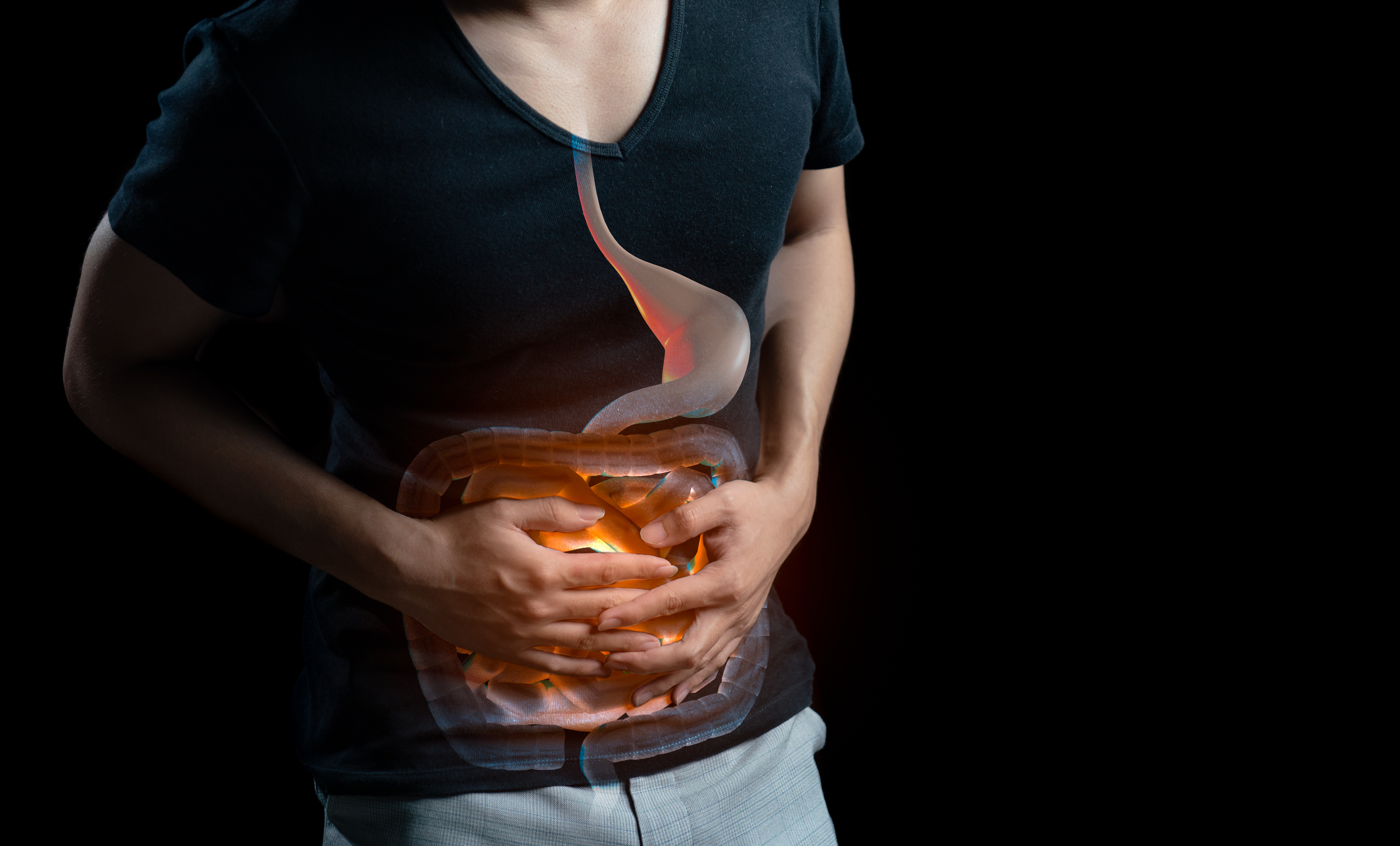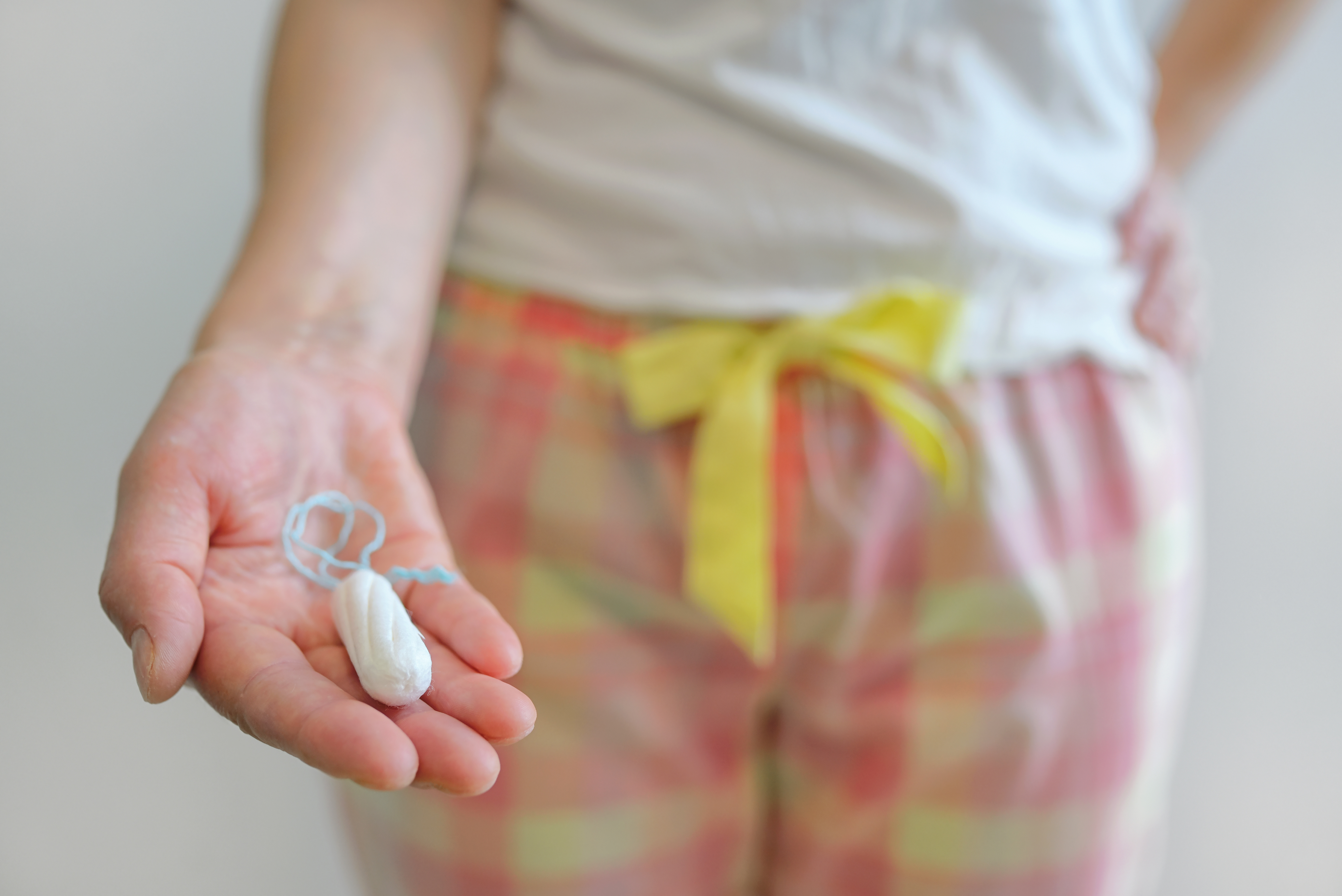Chinese medicine believes that mint is cool in nature, spicy in taste, and belongs to the lung and liver meridians. In ancient times, people used fresh mint as a vegetable. Later on, dried mint leaves were used to make tea, and it has been used as a medicinal herb since the Tang Dynasty. Mint not only helps to refresh the mind, but also has anti-inflammatory and deworming effects. However, women should be cautious when consuming mint!
The Benefits of Mint
1. Burning Fat
Mint contains menthol, which can accelerate circulation, reduce greasiness, relieve bloating, and help to break down and burn body fat, aiding in weight loss.
2. Sweating and Fever Relief
Ingesting a small amount of mint can stimulate the central nervous system and cause the dilation of capillaries in the skin through peripheral nerves, promoting sweat gland secretion and increasing heat dissipation. Therefore, mint has a diaphoretic and antipyretic effect. Ingesting a small amount of mint oil also has diaphoretic, antipyretic, and central stimulant effects.
3. Anti-inflammatory and Deworming
Mint contains menthol, which has anti-inflammatory and analgesic effects. It can desensitize, reduce inflammation, and have antimicrobial effects on skin affected by mosquito bites. It also has a swelling and pain relief, anti-inflammatory, and antibacterial effect on hemorrhoids and anal fissures.
4. Seasoning and Fragrance Enhancement
The unique cool and refreshing fragrance of mint makes breath fresh.
It can also mask and improve the uncomfortable feeling of some drugs that have an unpleasant odor and are difficult to swallow.
5. Relieving Rash and Itching
Mint contains menthol, which, when applied topically, can contract blood vessels in the skin mucosa, numb nerve endings, and have anti-inflammatory, analgesic, and antipruritic effects. It provides a cool sensation and can be used for symptoms such as skin itching, eczema, rashes, and mosquito bites.
6. Beauty and Skincare
The essential oil extracted from mint can be used in aromatherapy, as well as in the production of perfumes and cosmetics to protect the skin.
Women should be cautious during pregnancy, pregnancy period, and lactation
Mint is cool in nature and spicy in taste. It should be avoided by those recovering from serious illnesses and those with weak constitution.
(1) Excessive and prolonged use of mint should be avoided, and turtle meat should be avoided when using mint.
(2) It should be avoided by those with Yin deficiency and fever, and used with caution by those with blood deficiency and headaches. It should also be avoided by children with malnutrition and fever, and those with weak Qi who have chickenpox.
(3) Women should be cautious during pre-pregnancy, pregnancy, and lactation. Modern pharmacological research has shown that mint has anti-implantation and anti-early pregnancy effects, and can also reduce the amount of breast milk in lactating women.
Methods of consuming mint
1. Fresh Mint Grass Carp Soup
Preparation: Take one live grass carp, clean and boil it in water. Add one white onion, one slice of ginger, and 20g of fresh mint. Add seasoning and salt to the boiling water and eat the fish and soup together.
Usage: Eat once a day for 3-5 days.
Efficacy: It can treat long-term cough in children.
2. Mint Cake
Ingredients: 500g of glutinous rice, 500g of mung beans, 15g of mint, 25g of sugar, a little osmanthus.
Preparation: Cook the mung beans until they are soft, then add sugar, osmanthus, and chopped mint leaves to make the filling.
Steam the glutinous rice until cooked, let it cool in a box, then use the glutinous rice to wrap the bean paste filling, and flatten it with a wooden mallet.












